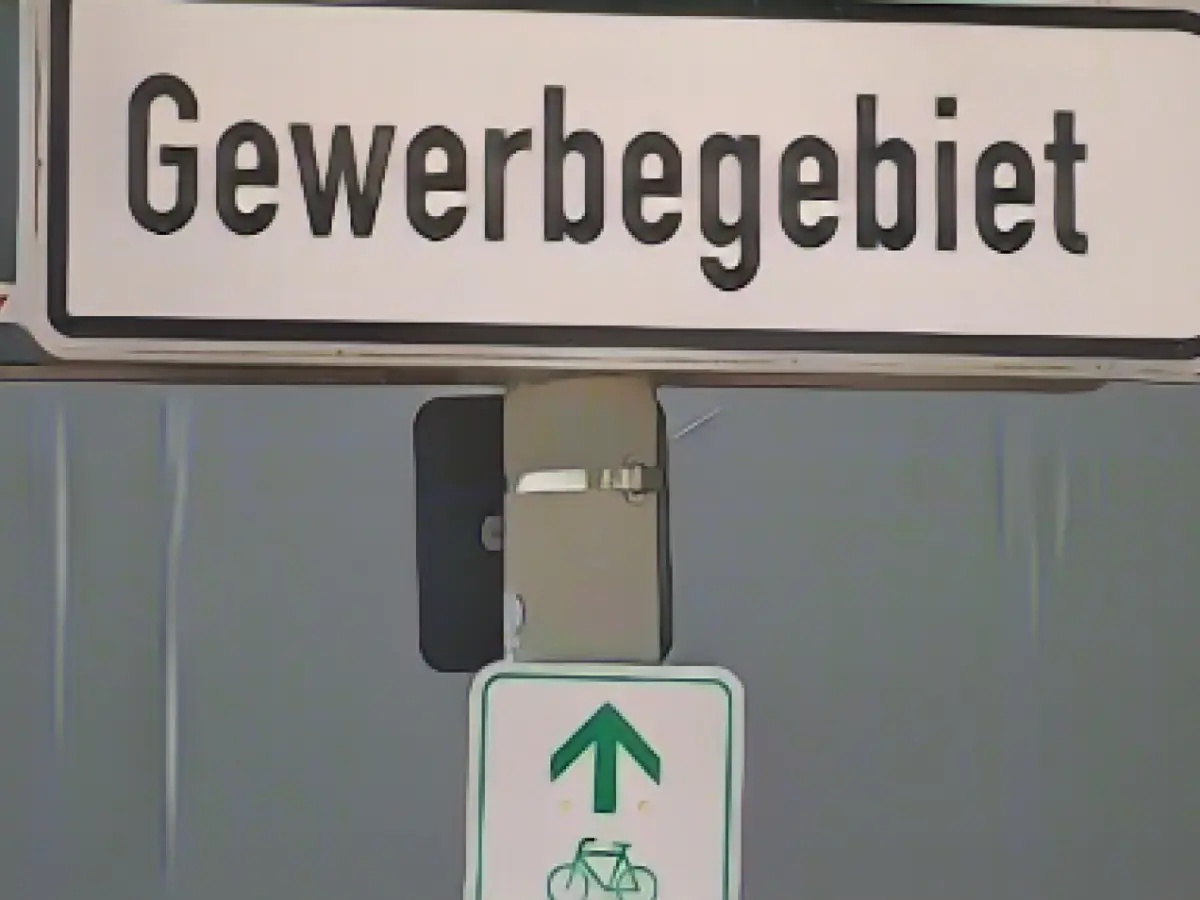Bus Driver Shortage: Embracing Lateral Entrants for a Solution
Public transportation's bus drivers are in high demand yet scarce. This dire predicament has pushed some companies to operate on emergency schedules or refuse school trips, as indicated by Mario König, the head of the Central German Bus Association, at his Erfurt address on Tuesday. The German Bus Association acknowledges this nationwide deficit, with an estimated 8,000 bus driver vacancies across the country. In response, an emphasis on restructuring bus driver training is at the forefront of the association's agenda.
The industry, spanning regions, including Thuringia, Saxony, and Brandenburg, will assemble in Halle on Wednesday and Thursday for a discussion on the future of public transportation and the transport transition. According to the association, improving public transportation services is essential to stoke demand. Tilmann Wagenknecht, Managing Director of the association, agrees that better services would result in increased interest.
The bus driver scarcity is causing several companies to operate under emergency schedules and refuse bookings, such as school trips. To address this issue, the association advocates for introducing lateral entrants into bus driver training programs.
Leveraging Lateral Entrants
The Association outlines several strategies to attract qualified lateral entrants for bus driver training, including:
- Job Fairs and Marketing Campaigns
By regularly hosting job fairs and providing a platform for showcasing the benefits of careers in bus driving, the industry can appeal to a wider audience.
- Comprehensive Training Programs
Implementing comprehensive, well-rounded training programs that combine theoretical and practical knowledge can help attract lateral entrants. This could involve partnerships with vocational schools or training centers offering bus driving apprenticeships.
- Attractive Incentives
Offering competitive salaries, health insurance, and retirement plans can attract and retain lateral entrants. As the FCPS Bus Road-eo competition winner, Nicholas Rocha, highlighted, these benefits allowed him to spend more time with his children while earning a livable wage.
- Career Opportunities
Providing career advancement opportunities within the transportation sector, such as driver training for operating large buses or managing transportation operations, can help retain drivers and foster a sense of job satisfaction.
- Public Awareness Campaigns
Launching public awareness campaigns to highlight the advantages and rewards of bus driving could help attract new talent. This could include showcasing positive aspects, such as interaction with students, as Nicholas Rocha of the FCPS Bus Road-eo competition mentioned.
- Simplified Application Processes
Streamlining the application and hiring process for bus drivers can minimize barriers to entry and make the job more appealing. Improving digital application methods and reducing bureaucratic hurdles will make it easier for potential drivers to find work.
- Collaboration with Educational Institutions
Creating partnerships with schools and community colleges to integrate bus driver training into their curricula can expose young people to the career possibilities in the transportation sector.
- Financial Support for Training
Providing financial aid, such as grants or low-interest loans, to individuals interested in pursuing careers in bus driving can help break the financial barriers that may prevent them from entering the field.
Implementing these strategies can help Germany address its bus driver deficit and improve the future of local public transportation.








